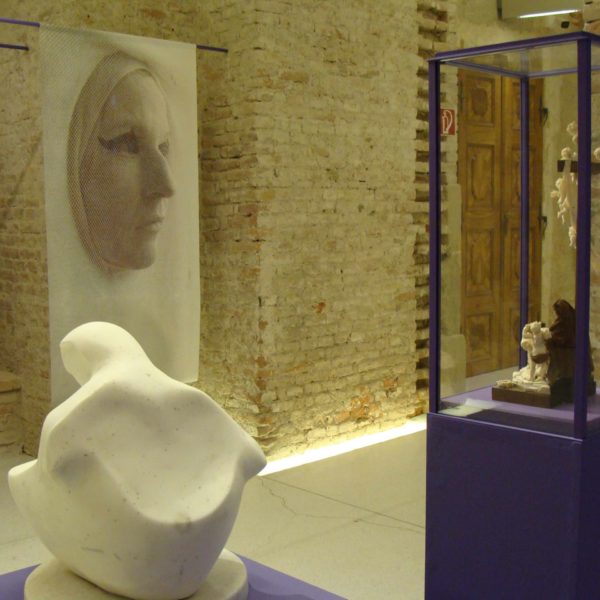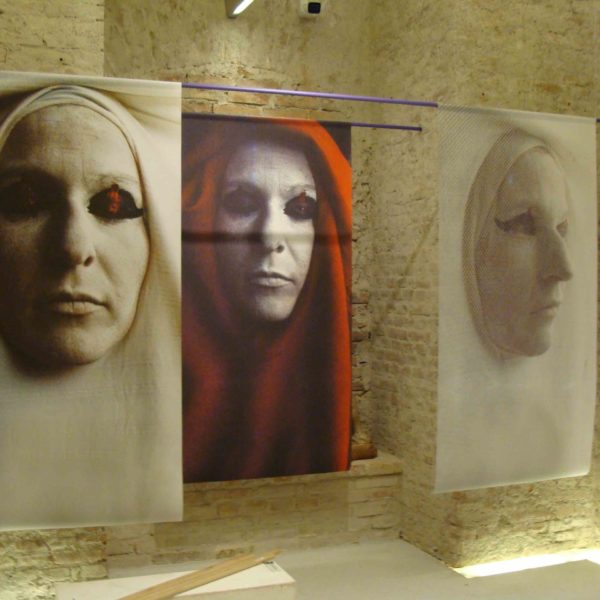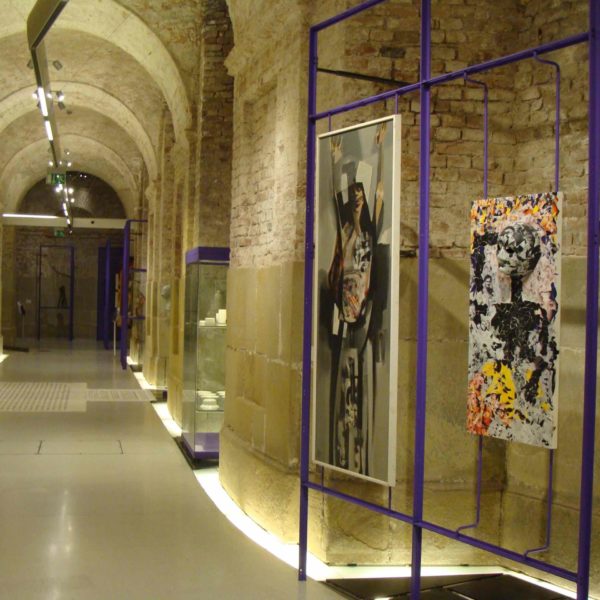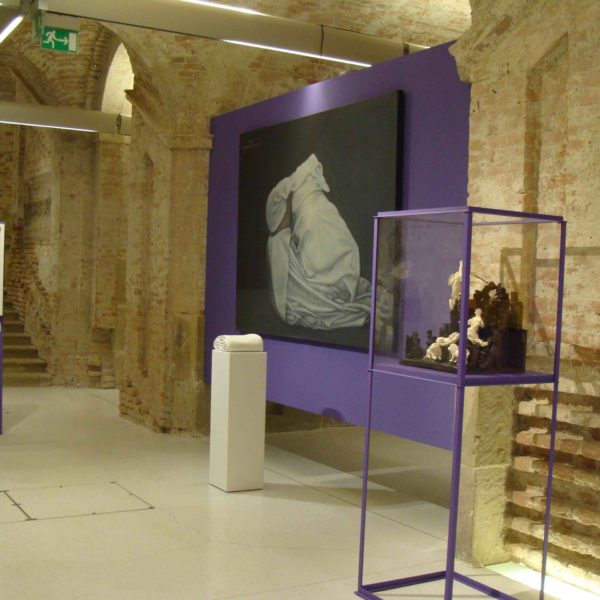‘What hurts”:
What does suffering do to people? How do people behave in the face of suffering? Suffering can break us – but it can also strengthen us, because it brings us closer to God. Works from seven centuries can be seen on this theme.
The exhibition ‘Was leid tut’ (‘What Sorrows’) leads through six chapters on the themes of expulsion from paradise, martyrdom, doubt, grief, remorse, comfort and hope. The exhibits compiled for this purpose come from seven centuries, from the Gothic manuscript of the early 15th century to works that were created especially for the exhibition. There are leading figures from the Christian pictorial tradition such as Job, Christ on the Mount of Olives, the Pietà, holy martyrs, the repentant St Peter, the depressed King Saul, as well as patron saints and the guardian angel. The juxtaposition of ancient, classic modern and contemporary art opens up a unique arc of suspense through the history of art and culture.
The exhibition was supported by numerous artists with works that were partly inspired by drastic personal experiences and find individual approaches to the theme of ‘suffering’. In addition to Franziska and Mercedes Welte – the NONOS – the exhibition includes works by Linde Waber, Julia Faber, Simon Schober, Michael Endlicher, Thomas Naegerl, Hans Robert Pippal, Susanne Geister and many others.







